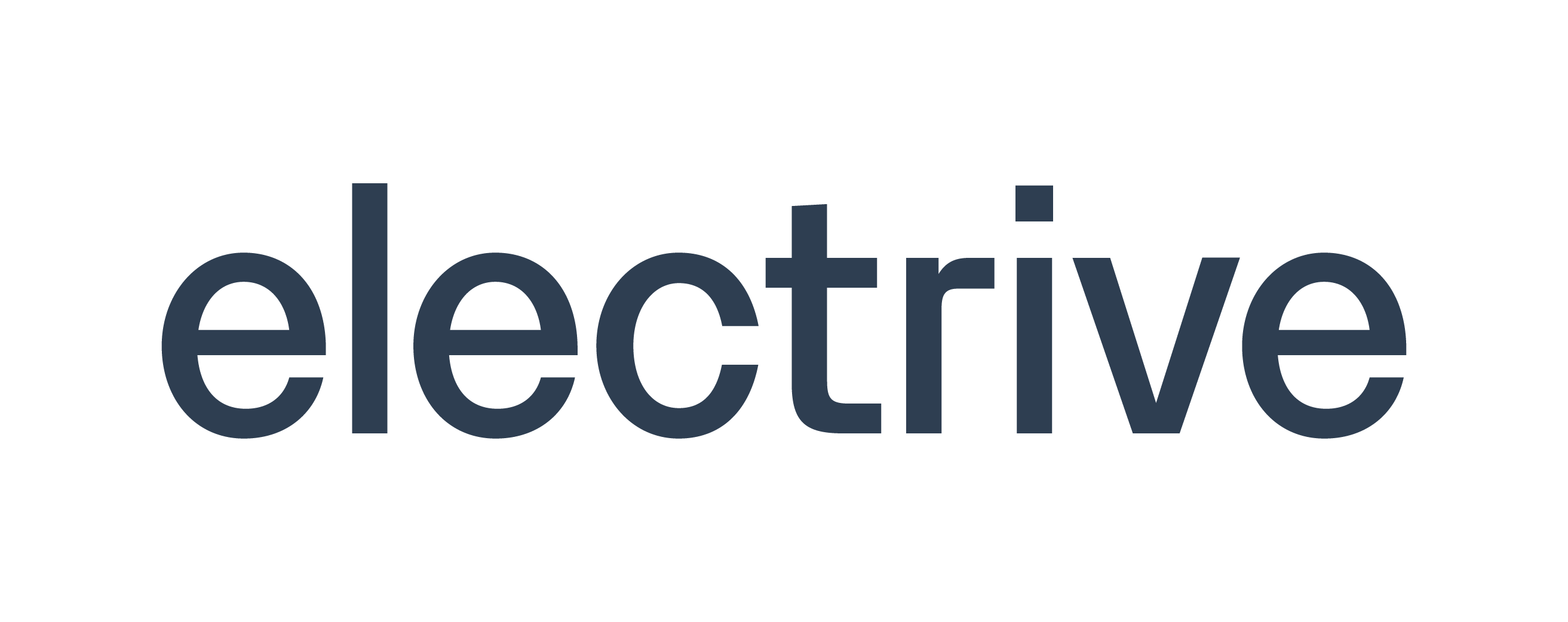How innovation is electrifying the future of electric motors
The electric motor industry stands at the cusp of a revolution, with technological advancements poised to redefine efficiency and functionality in radical ways. From the whir of household appliances to the humming engines propelling electric vehicles (EVs), electric motors are an integral part of our daily lives. Here, John Morehead, principle consultant at Motion Mechatronics and advisory board member at CWIEME Berlin, explores the significant trends that are not only reshaping the automotive industry, but are also forging an environmentally sustainable path forward.
For the past decade, the EV market has been on the rise. Statistics show that by the end of 2024, over 25 per cent of all new passenger car registrations will be electric, and sales figures tell a similarly electrifying story — the global EV market, valued at £291.5 billion in 2023, is projected to more than double to £714.9 billion by 2030. While this exponential growth is certainly noteworthy, I believe we're merely in the initial chapter of the EV revolution. With continued government incentives fuelling consumer adoption and advancements in electric motors promising both longer ranges and lower costs, the following trends are poised to accelerate significantly in the coming years.
Navigating rare earth magnet dependency
Rare earth magnets have long been a staple in electric vehicles, occupying a substantial 80 per cent market share. These magnets, typically made from neodymium (NdFeB) and other rare earth elements, reside within the motor, and create the rotating magnetic field that drives the car. Their strength allows for compact and efficient motors, maximising battery range and vehicle performance. However, the reliance on rare earth elements presents a challenge. Currently, these rare earth elements are sourced from a single country, and concerns have been raised about the sustainability and environmental issues stemming from mining and processing this element, as well as supply chain security.
Despite these challenges, researchers and companies worldwide are actively trialling rare earth-free alternatives. Take Niron Magnetics as an example, who are manufacturing Iron Nitride-based, “clean earth” magnets. Iron nitride boasts significant environmental benefits — iron and nitrogen are readily available elements, unlike neodymium, which relies on potentially harmful mining practices. Additionally, iron nitride's lower cost can translate to more affordable EVs and offer better temperature stability — a crucial factor for performance and longevity.
From stators to batteries
Less well-known but equally promising is niobium, a metallic element making significant strides in the EV industry. Unlike traditional motor stators made from silicon steel, niobium has the potential to be transformed into nanocrystalline soft magnetic materials. These advanced materials boast superior magnetic properties, leading to significantly reduced eddy current losses within the stator.
In axial flux motors — a design gaining traction for its compactness and efficiency —niobium-based stators could potentially improve overall motor efficiency, translating to a longer driving range on a single charge. Companies like CBMM and WEG are at the forefront of this exciting development, pioneering the use of niobium in motor construction. The partnership’s experimental validation tests proves the benefit: nanocrystalline material containing niobium slashed motor total losses by an impressive 53 per cent. This translates to a significant 6.7 percentage point increase in efficiency compared to the same project built with traditional silicon steel. Their efforts hold the promise of not only more efficient motors, but also potentially lighter ones due to niobium's lower density compared to silicon steel.
The positive impact of niobium research may even extend beyond motors. Early research suggests its unique properties could pave the way for the development of next-generation battery materials, potentially leading to batteries with higher capacity and longer lifespans.
Beyond lamination
The industrial potential of 3D printing is shaking up the traditional method of motor stator production, where thin steel sheets are meticulously stacked and laminated. This innovative approach promises a new era of manufacturing efficiency and design flexibility.
Unlike the limitations of traditional methods, 3D printing offers the ability to create complex internal geometries within the stator core. This opens doors for optimising magnetic flux paths, potentially leading to significant improvements in motor performance and efficiency. Furthermore, 3D printing allows for creating intricate stator configurations not possible with laminations for potentially enhanced performance or efficiency.
However, the benefits extend beyond the final product. 3D printing offers a more streamlined production process compared to traditional methods, potentially reducing waste and production time. This flexibility could revolutionise the entire supply chain, enabling on-demand manufacturing and localised production closer to assembly facilities.
The algorithmic advantage
The integration of deep learning and AI into the design process development marks a significant shift in how motors are developed and optimised. Traditionally, motor design relied on engineers balancing various factors like efficiency, power output and size constraints. However, AI has introduced a powerful new partner to the equation. By harnessing the capabilities of AI algorithms, manufacturers can now analyse vast amounts of data related to motor performance, thus allowing AI to identify complex relationships and patterns that might elude human engineers.
However, the impact of AI on motor design goes beyond mere analysis. By leveraging its processing power, AI can act as a virtual design assistant by optimising motor configurations for specific applications. This translates to the creation of EV motors with unparalleled levels of efficiency, power output and performance. Imagine motors tailor-made for a specific driving style or vehicle type, maximising both range and power delivery — the possibilities are vast. Furthermore, AI can continuously learn and improve its design capabilities with each iteration.
The rise of the machines
Robots and other automated systems are rapidly replacing manual tasks, ushering in a new era of efficiency and reliability. Studies by the International Federation of Robotics (IFR) show a 11 per cent average annual growth rate in industrial robots installed globally between 2015 and 2021. This trend is only going to continue, particularly within the EV motor industry.
Automation offers several key advantages. Robots can handle repetitive tasks with unmatched precision, minimising human error and ensuring consistent quality in motor component fabrication — a McKinsey report estimates that automation can potentially reduce defect rates by up to 90 per cent, leading to a significant improvement in motor reliability. Furthermore, automation allows for faster production cycles, enabling manufacturers to meet the ever-increasing demand for electric motors driven by the growth of the EV market.
A future electrified
Taken together, these emerging trends – from groundbreaking magnet materials to the intelligent power of AI and the precision of automation – paint a transformative picture for the electric motor industry. This confluence of innovation signifies a powerful shift towards a future characterised by three pillars: increased efficiency, unwavering sustainability, and relentless innovation. For industry leaders and stakeholders, the path forward demands a collective embrace of these advancements. By pushing the boundaries of what's possible, we can ensure the electric motor industry remains on a progressive trajectory, paving the way for a more sustainable and electrifying future of e-mobility.
To learn more about innovations in the electric motor industry head over to the CWIEME Berlin website, where we facilitate a platform for industry experts to share their knowledge and solutions to an international audience.




















